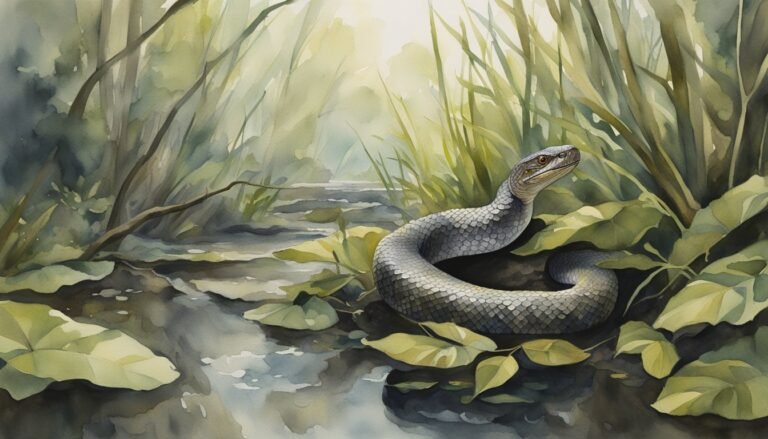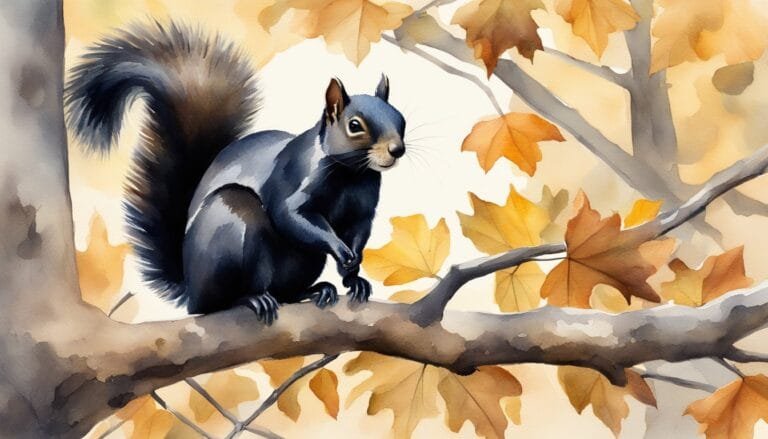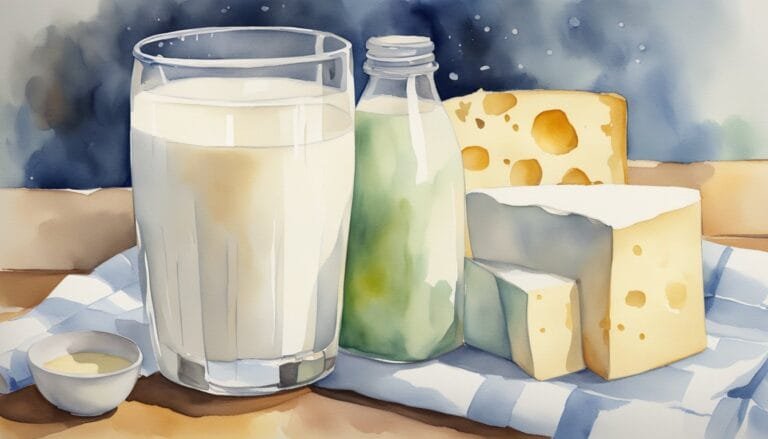How many slaves were there in 1860? A shocking look at pre-Civil War America

In 1860, the U.S. had 4 million slaves, making up 12.8% of the population, largely in Southern states, leading to tensions that sparked the Civil War.

In 1860, the U.S. had 4 million slaves, making up 12.8% of the population, largely in Southern states, leading to tensions that sparked the Civil War.

To manage a dog's digestive sensitivities, identify symptoms and customize their diet with high-quality proteins and digestible ingredients.

Identifying a water moccasin includes noting its heavy body, dark crossbands, triangular head, and keeled scales, as well as understanding its habitat and classification.

The Mpemba Effect suggests that under certain conditions, hot water can freeze faster than cold water.

Many local businesses and public spaces offer free Wi-Fi, with apps available to easily locate hotspots; however, use secure practices.

Black squirrels are intriguing variants of commonly known squirrel species, exhibiting distinctive black fur due to a genetic mutation that affects pigmentation. This section delves into specifics concerning their classification, genetic makeup, where they thrive, and how they behave within their ecosystems.

OCD and intelligence are not directly linked; research hasn't found a clear connection, but OCD can make it harder for individuals to focus or make decisions, potentially hiding their true abilities.

Salvador Dalí, a Spanish Surrealist painter, became an influential 20th-century artist with his vivid and bizarre imagery.

Milk is a rich source of various essential nutrients crucial for human health, including vitamins, minerals, and high-quality proteins.

Atoms are the fundamental units of matter, composed of protons, neutrons, electrons, and determine the properties of elements in the periodic table.